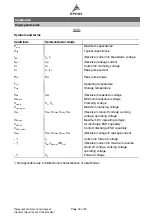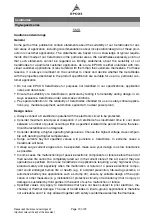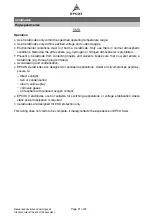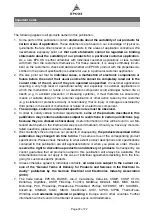
2
Soldering guidelines
The use of mild, non-activated fluxes for soldering is recommended, as well as proper cleaning of
the PCB.
The components are suitable for reflow soldering to JEDEC J-STD-020D.
3
Solder joint profiles / solder quantity
3.1
Cement quantity
The component is fixed onto the circuit board with cement prior to soldering. It must still be able
to move slightly. When the board is placed into the reflow oven, excessively rigid fixing can lead
to high forces acting on the component and thus to a break. In addition, too much cement can
lead to unsymmetrical stressing and thus to mechanical fracture of the component. The cement
must also be so soft during mounting that no mechanical stressing occurs.
3.2
Mounting the components on the board
It is best to mount the components on the board before soldering so that one termination does not
enter the oven first and the second termination is soldered subsequently. The ideal case is simul-
taneous wetting of both terminations.
3.3
Solder joint profiles
If the meniscus height is too low, that means the solder quantity is too low, the solder joint may
break, i.e. the component becomes detached from the joint. This problem is sometimes interpret-
ed as leaching of the external terminations.
If the solder meniscus is too high, i.e. the solder quantity is too large, the vise effect may occur.
As the solder cools down, the solder contracts in the direction of the component. If there is too
much solder on the component, it has no leeway to evade the stress and may break, as in a vise.
CeraDiodes
High-speed series
Page 13 of 22
Please read Cautions and warnings and
Important notes at the end of this document.






















